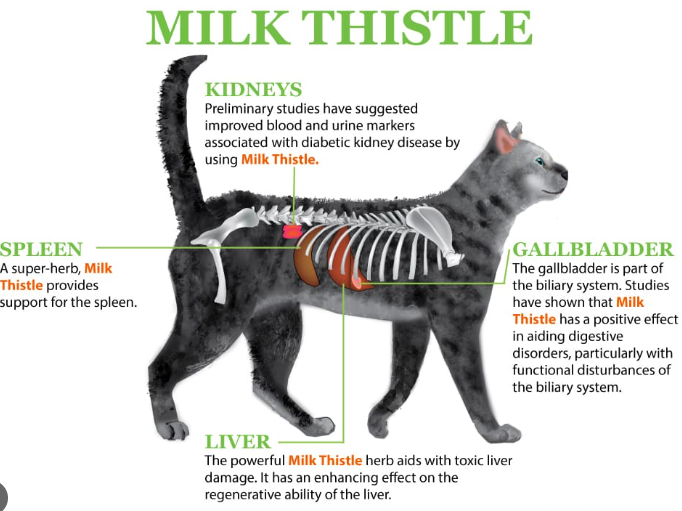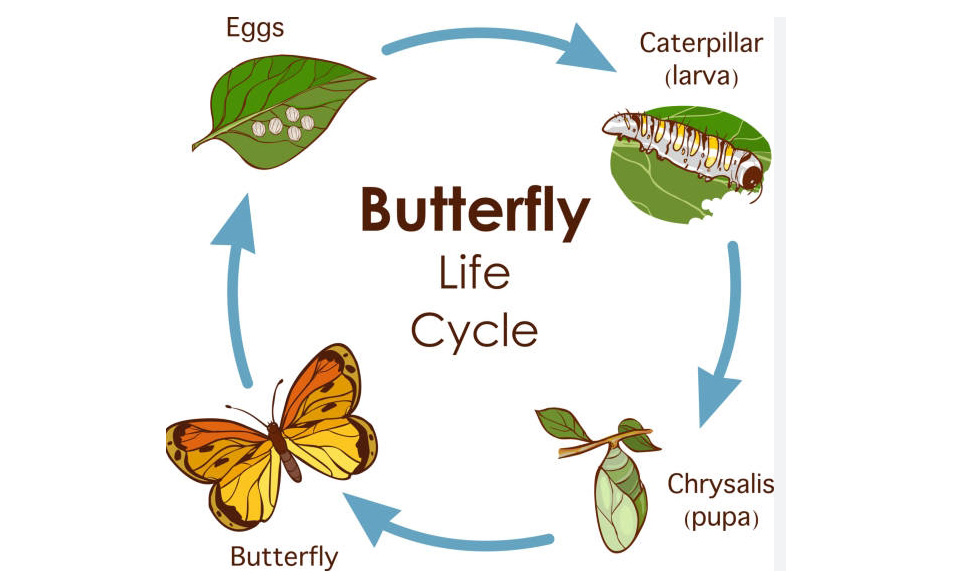Feline leukemia virus (FeLV) is a significant health concern for cats, affecting their immune systems and overall well-being. Understanding FeLV is vital for pet owners, as it helps in early detection, prevention, and management of this viral infection. This blog post will cover key aspects of feline leukemia, including its symptoms, transmission, and prevention.
Symptoms of Feline Leukemia
Cats infected with FeLV may show a variety of symptoms that can pose challenges for pet owners. Early signs often include lethargy, weight loss, and a decreased appetite. As the disease progresses, affected cats may face more severe issues such as persistent fever, anemia, and increased susceptibility to infections. Because many symptoms can be vague or attributed to other health issues, regular veterinary check-ups and testing are crucial for early detection. The sooner the virus is identified, the better the chances for effective management and care.
How Feline Leukemia Spreads
Understanding how FeLV spreads is essential for safeguarding your feline friends. The virus is primarily transmitted through saliva, which means that close contact, such as grooming and sharing food or water bowls, can facilitate its spread. Additionally, cats can also contract FeLV from bite wounds or during mating. It’s important to note that FeLV is not contagious to humans or other species, making it critical to keep affected cats separated from healthy ones. Implementing proper management strategies can significantly reduce transmission risks in multi-cat households.
Prevention and Care for Cats
Preventing feline leukemia begins with vaccination and responsible pet ownership. Vaccines are available that can protect cats from FeLV, especially for those at higher risk, such as outdoor cats or those in multi-cat environments. Regular veterinary visits for testing and early intervention can also help manage the health of cats who may be exposed to the virus. Providing a stress-free and healthy environment, along with a balanced diet, plays a significant role in maintaining your cat’s immune system, enhancing their ability to resist infection.
In conclusion, feline leukemia is a serious condition that requires awareness and proactive care from cat owners. By recognizing symptoms, understanding transmission, and implementing preventive measures, you can significantly improve your cat’s health and quality of life. If you suspect your cat may be at risk or you have questions about FeLV, reach out to your veterinarian for guidance and support. Let’s ensure our furry companions stay happy and healthy!




